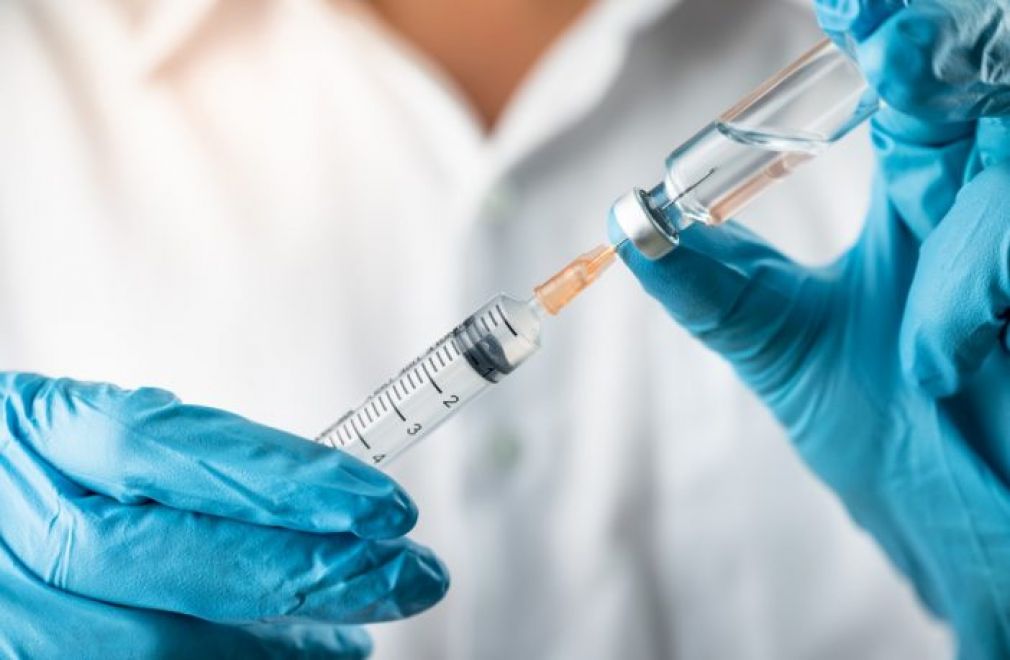By: V4 Agency
According to the region’s health councillor, everything is ready to commence mass inoculations. The only thing missing is the vaccine itself.
Some 1.2 million people have received the first dose of the coronavirus vaccine in the Lazio region of Italy, with Rome as its capital. Although the regional medical system has the capacity to inoculate 60 thousand people a day, less than 30 thousand people receive their jabs, because of vaccine shortages. Health authorities would need an immediate shipment of 1.5 million vaccines to accelerate the programme, Regional Health Councillor Alessio D’Aamato says.
“We have set up five large street vaccination centers in Rome alone, and thousands of pharmacies are ready for administering the jabs. More than eighty per cent of people over the age of eighty and seventy, along with law enforcement officials and teachers have registered for the vaccine, the expert said, adding that the only bottleneck was the jab itself. He noted that two million people a year had been vaccinated against the flu before the appearance of coronavirus, meaning the government has adequate experience in mass vaccination.
Alessio D’Amato stated that despite the difficulties, 84 per cent of the more than 400 thousand people over eighty had already been vaccinated and 53 per cent had also received a second dose. Registration of 64 and 65-year-old people began at midnight on Wednesday. In Lazio, mostly Pfizer/BioNTech and AstraZeneca vaccines have been used so far: the British-Swedish jab is being administered to both those aged under 55 and over 70.
Lazio is ready to embark on manufacturing vaccines on its own, Alessio D’Amato said, stressing that the region accounts for 38 per cent of Italy’s pharmaceutical exports.
In Lazio, nearly 295 thousand people have contracted the disease and the virus has claimed 6848 lives in more than a year. As of Tuesday, the region is classified as an orange zone, which means the daytime curfew has been lifted, shops have reopened and elementary school students have switched back to face-to-face classroom learning. Intensive care units for Covid-19 patients continue to utilise 42 per cent of their capacities in the region’s hospitals.

